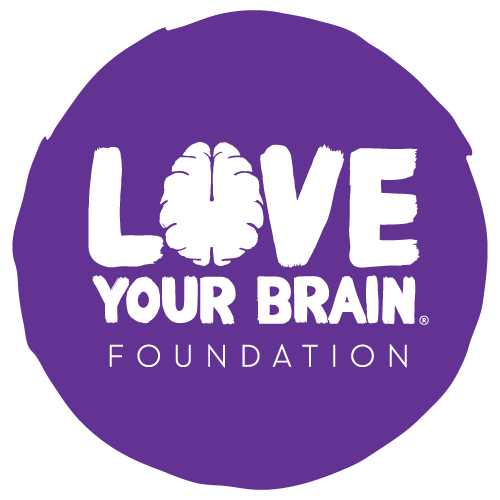Research & data collection
Why does LYB collect demographic information about program participants?
We recognize race, ethnicity, age, ability, sexual orientation, and gender identity as critical determinants of health, influencing individuals’ access to resources that affect health and their agency to seek community services and healthcare. We also recognize the intersectionality of oppression and that marginalized groups within the TBI community face particular barriers to resources for healing and support.
We collect demographic information for a few reasons:
To understand who is and is not accessing our programming so that we can make changes to better reach those within the TBI community who experience various forms of oppression and limited access to support.
To evaluate any disparities in who is benefiting from our programs so that we can make improvements to better meet the unique needs of groups reporting less benefits.
To publish research that contributes to the scientific understanding of how to address access barriers to community-based integrative health programs for marginalized groups within the TBI community.
How does LYB collect demographic information about program participants?
We balance best practices in research with inclusive language. Specifically, to remain consistent with evidence-based research, we collect demographic information using validated measures (e.g., from US Census, survey research). However, we recognize limitations in these data sources and that they do not necessarily reflect all unique identities or the most current consensus on inclusive language. So, where possible, we adapt language to be more inclusive and we include blank fields to support people to describe their unique identity in a way that feels right for them. All information collected helps us better understand who our programs are serving, and informs our growth to meet the needs of all in our community.
Tell me more about the specific ways you measure demographic information?
RACE & ETHNICITY
We use measures from the US census.
Resources:
US Census: https://www.census.gov/topics/population/race/about.html
https://www2.census.gov/about/training-workshops/2020/2020-02-19-pop-presentation.pdf
EDUCATIONAL ATTAINMENT
We use a measure adapted from the US census where we collapsed some of the response options to make it less cognitively burdensome on respondents.
Resources:
(DIS)ABILITY
We include questions from the American Community Survey about difficulty communicating, hearing, and seeing.
Resources:
LGBTQIA+
We adopted a measure used by the Human Rights Campaign Foundation.
Resources:
GENDER IDENTITY
We adapted the gender identity developed by researcher, Sean Cahill, to omit ‘Male to Female (MTF)’ and ‘Female to Male’ based on the growing consensus in the field to not use these terms. We also consulted with individuals, including representatives from the Trevor Project, and research describing best practices for measuring gender identity that are comparable to what is collected in national US-based research.
We also include gender pronouns in our Team member bios, signature lines, and we ask participants in our community to share their pronouns when participating in our programs. Read more about our use of Gender Pronouns here.
Additional literature and resources:
Tristan Katz, LGBTQ Awareness for Yoga Teachers and Bottom Line ⠀
USTS survey and report from the National Center for Transgender Equality (NCTE), the nation’s leading social justice policy advocacy organization devoted to ending discrimination and violence against transgender people.
Evaluating Inclusive Gender Identity Measures for Use in Quantitative Psychological Research
Evaluations of Sexual Orientation and Gender Identity Survey Measures
